Spectacular photographs of sunsets in Molise, Italy
2022
You may also like
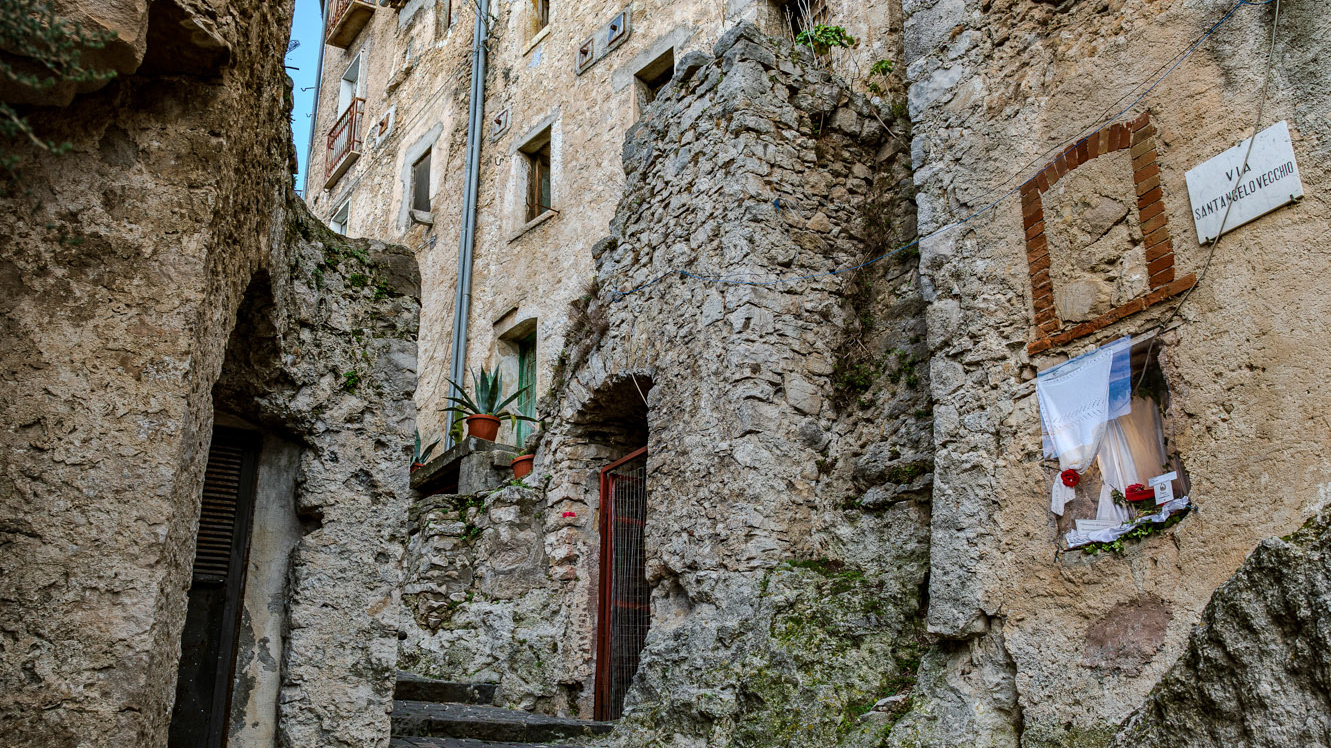
2025
Pesche. The Ancient Village
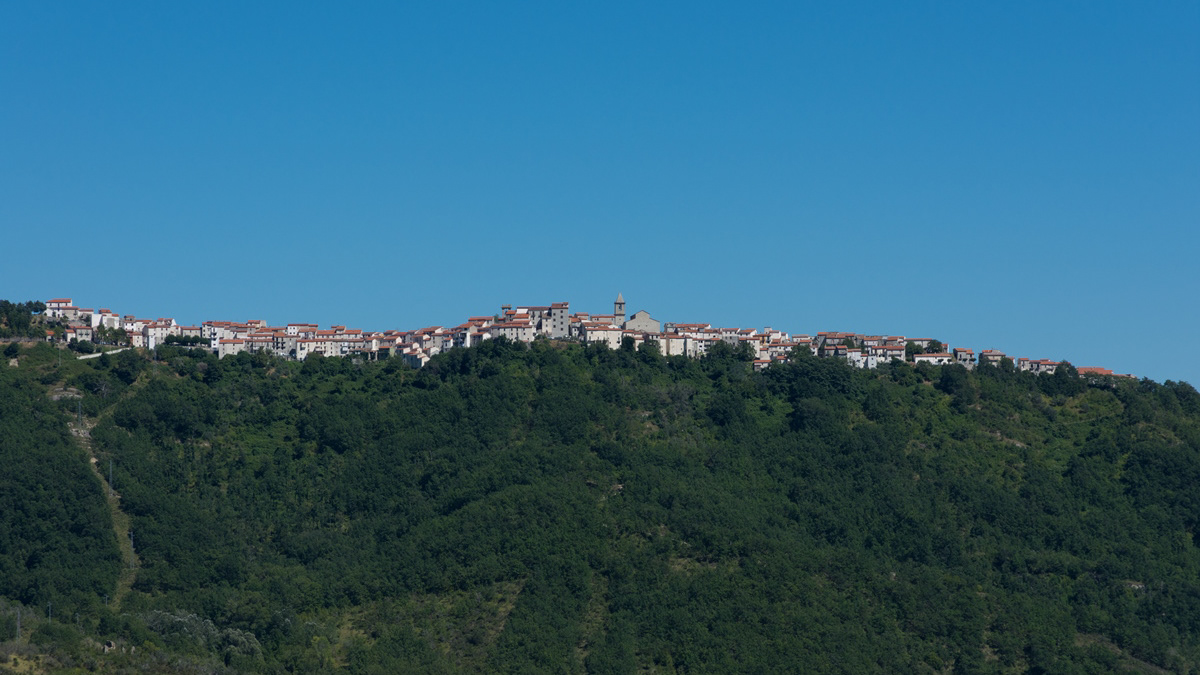
2016
Poggio Sannita (IS)
Poggio Sannita (Caccavone in dialetto poggese) è un comune italiano di 639 abitanti della provincia di Isernia in Molise.
2022
Capracotta, winter 2022
Capracotta is an Italian town of 833 inhabitants in the province of Isernia, in Molise. It suffered great destruction during the Second World War and from the second half of the twentieth century it developed on the tourist level as a Molise ski resort together with Campitello Matese. Located at 1,421 meters above sea level, it is, from a geographical point of view, one of the highest areas of the Apennines as well as being the highest municipality in Molise. The town is located on the parallel 41 ½ and on the meridian of Castel dell'Ovo and extends between the countryside of Pescopennataro and Sant'Angelo del Pesco to the north, that of Agnone to the east, of Vastogirardi to the south and S. Pietro Avellana and Castel del Giudice. The highest point in the municipal area is the summit of Monte Campo at 1746 m a.s.l. Downstream of the town, towards the south, are the sources of the Verrino, a tributary of the river Trigno. Just outside the town, on the road to Pescopennataro, is the "Garden of Apennine Flora", a high altitude botanical garden that collects notable floral and tree species from central and southern Italy. Capracotta is an important climatic and ski resort. It has two important facilities: one for alpine skiing, in Monte Capraro, with a chairlift; the other for cross-country skiing in Prato Gentile: the latter facility was the site of the Absolute Italian Cross-Country Skiing Championships in 1997.

2017
Mainarde - Monte Meta
Il monte Meta (nota anche come la Meta, 2241 m s.l.m) è una delle maggiori cime dell'appennino abruzzese, situata sul confine tra Lazio, Abruzzo e Molise, all'interno del Parco nazionale d'Abruzzo, Lazio e Molise, tra i comuni di Alfedena (AQ), Picinisco (provincia di Frosinone) e Pizzone (provincia di Isernia). Dà il nome all'omonima catena montuosa dei Monti della Meta, compresi all'interno dei Monti Marsicani, che dal valico di Forca d'Acero procede verso la valle di Comino meridionale e digrada nelle valli del Liri e del Volturnoprendendo il nome di Mainarde nelle cime più basse e più meridionali. Ai suoi piedi si trova il passo dei Monaci (1981 m s.l.m.)). La cima del monte Meta era stata interdetta agli escursionisti perché protetta dalla riserva integrale del parco nazionale d'Abruzzo, per le notevoli presenze di camosci d'Abruzzo, recentemente però (estate 2010) è stato momentaneamente aperto un prolungamento del sentiero L1 che porta fino alla cima a 2241 metri. Diversi sentieri portano alla Meta partendo dal Pianoro Le Forme (Pizzone) a 1380 metri. Le montagne più alte oltre al Monte Meta (Monte Petroso 2247 s.l.m., Monte Cavallo 2039 s.l.m., Monte Mare 2020 s.l.m.) presentano vistose tracce di glacialismo quaternario; nelle valli che si sviluppano all'interno della catena montuosa sorgono copiose le acque del fiume Melfa e Mollarino in provincia di Frosinone, del Rio Torto in provincia dell'Aquila. Dalle cime la vista spazia su tutti i Monti Marsicani, la Majella e i Monti del Matese. I rilievi più bassi dello stesso massiccio, al confine tra Lazio e Molise sono storicamente detti Mainarde; sono le montagne in cui la presenza dell'uomo per il clima meno rigido era stanziale (abitazioni e coltivi in quota) e non stagionale e pastorale come per i Monti della Meta. Non è definito un confine geologico preciso tra le due catene montuose: è certo solo che le Mainarde non rientrano nel territorio regionale dell'Abruzzo, ma molti le ritengono del Molise. L'uso tradizionale dell'oronimo è riproposto nelle carte dell'Istituto Geografico Militare che lo applica ai rilievi più esterni dei Monti della Meta, quelli che dal Monte Cavallo e dal Monte Mare degradano progressivamente verso Vallerotonda (FR) e la valle del fiume Rapido-Gari e verso Scapoli (IS) e Filignano (IS) e la valle del fiume Volturno che ivi nasce. Settore Mainarde è il nome che le amministrazioni del Parco nazionale d'Abruzzo, Lazio e Molise danno alla parte del territorio della riserva in provincia di Isernia, che comprende i territori di Castel San Vincenzo, Pizzone, Rocchetta al Volturno, Scapoli, inclusi nel 1990. L'etimologia è oscura, sembra ricordare un nome proprio germanico.
2022
Molise, landscapes
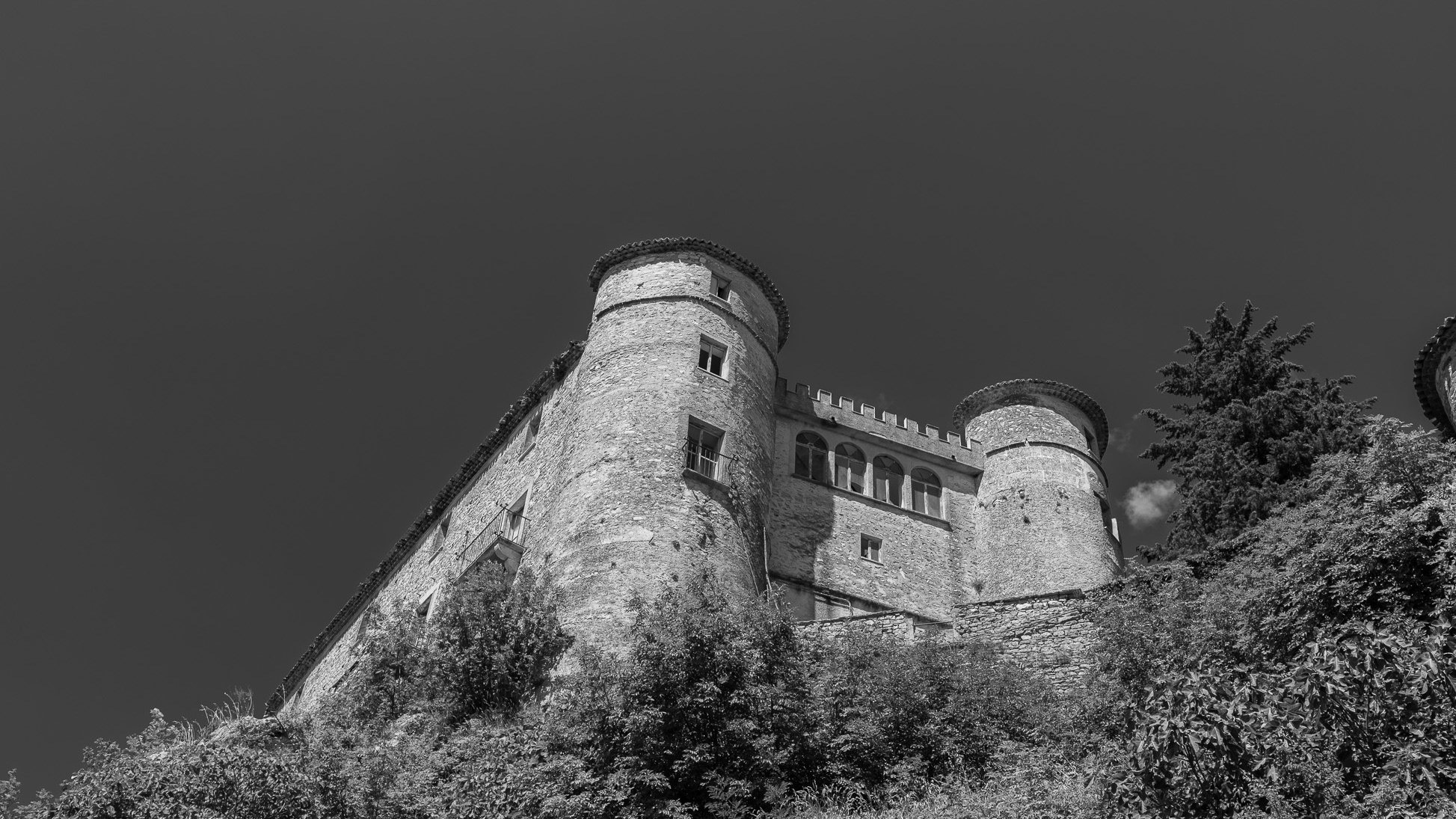
2022
Carpinone. Caldora castle.
The castle was built in the 11th century, in the shape of an irregular pentagon, bordered by 5 towers, above the ravine overlooking the Carpino river. In 1223 it was destroyed by Ruggero da Pescolanciano.
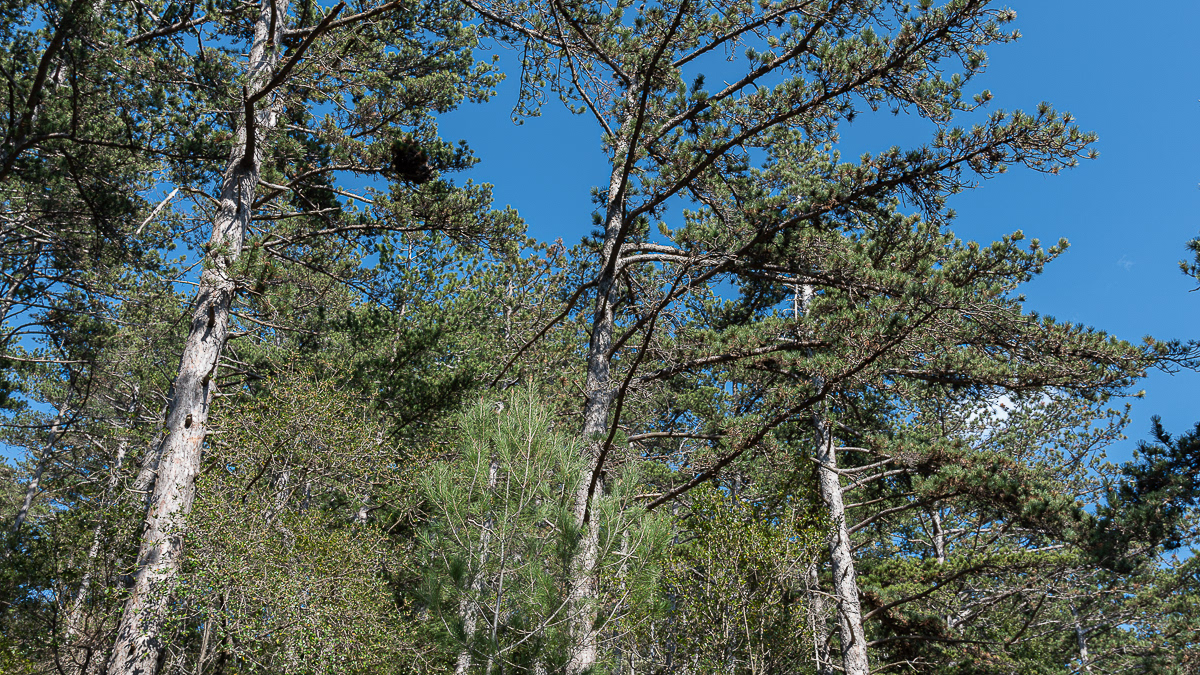
2021
Isernia, the pine forest

2023
Spectacular autumn landscape
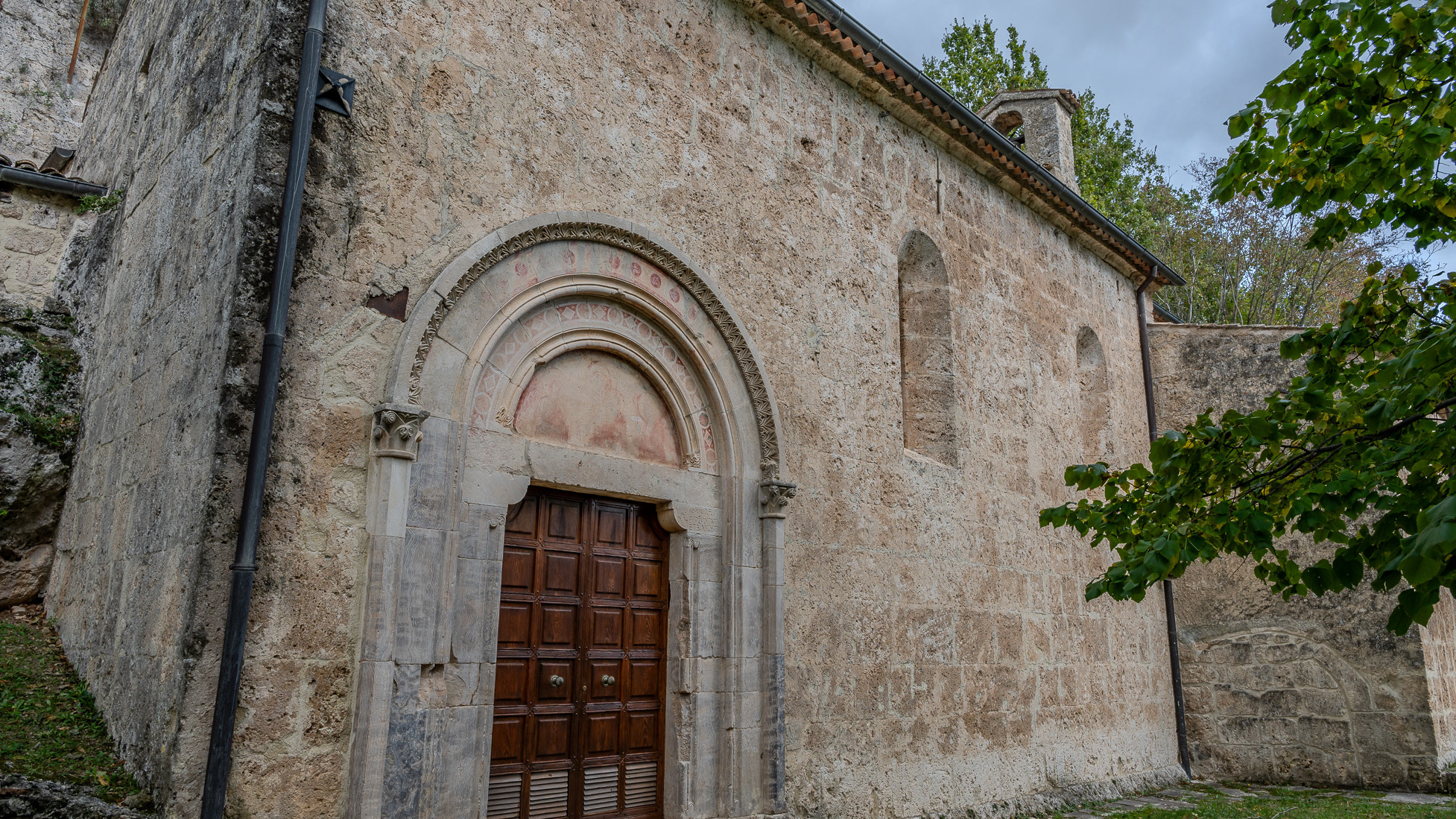
2023
Rocchetta in Volturno. Sanctuary of S. M. delle Grotte
Of Benedictine architecture, between the 13th and 14th centuries the Sanctuary, which is flanked by a monastery, represents a complex of very significant religious importance.
2023
Mainarde. Autumn landscape. Foliage
